
This post may contain affiliate links, which means that I may receive a commission if you make a purchase using these links, with NO additional cost to you.
Like any animal, sheep have a cost to them as well. Most livestock will have about the same cost, in differing amounts. A cow will eat more than a sheep for example, but they both require feed. The main difference lies in the potential income they produce.
Basic one-time costs (unless you break it or have a disaster), include shelter, waters, feed bunks or hay feeders, and fence. Now if you are blessed with abundant, year-round pasture, you may not need feed bunks or hay feeders.
Keep in mind barns and fences will require maintenance to keep them in functioning order. The older the structures, the more maintenance cost is typically involved. For ease of figures, just plan on a basic number per year. There will also be a cost involved in moving manure around if your animals are in smaller pen areas instead of pasture at any point. For more on fence design tips, check out the blog here.
What your hay or grain feeder is made from will determine how long it will last. Wooden feed bunks outside may only last 5-10 years before they completely fall apart. Kept inside, they will last longer. Metal will last longer 15-20 years even outside.
One unique cost to sheep that is NOT required is a working facility. For the most part, especially in a small flock, a simple panel in the barn or corner of the pen is all that is needed to treat the flock when needed. The fancy working facility is quite nice when you no longer have young backs to help you catch the ewes. That’s when my dad got his facility, when 3 of the 4 kids had left for college, 10 years after the first breeding ewes arrived on the farm.
Reoccurring expenses are ones that are happening every month or year. This includes maintenance costs, vaccinations/deworming/testing, rent (or mortgage payment), and feed.
Now for the income potential. Sheep are unique in their grazing as they will eat the broad leaf weeds first, before the grass. If you have portable fencing, you could use them as weeders for neighbors. Most pasture areas are not set up for sheep but cattle, which will not hold sheep.
If you are breeding sheep, you will have extra sheep at some point. There are only so many breeding animals you can have, so meat is a potential income. How much demand locally for this you have will depend greatly on your location. Be sure to factor in the ‘income’ even if you simply put them in your freezer. You no longer need to buy some other meat.
A more common market for extra lamb is to sell them to a local sale barn. The income from lamb sales will vairy depending on the time of year and the weight of the lambs. There is also the value of the ewe or ram when they are done with their useful breeding life.
Depending on the breed you have the potential for wool sales as well. Again, this will be more area dependent. But could be a good market if you are willing to do the work and connect with the hobby spinners.
The easiest way to see all the expenses and income together, is to lay out all the expenses on one side of a chart and the income on the other. Then total the numbers. Keep in mind one time cost should be spread out over the lifetime of the structure/equipment for accurate analysis.
Now get figuring and go buy some sheep!
As I've grown in my journey as an entrepreneur, mom, gardener, and livestock owner, I struggled to find a planner that met my needs and kept me organized. So, I MADE MY OWN. You can look at it on the link below and buy it on amazon below.
Don't want the whole calendar part? I got you! I pulled the gardening and animal care pages out and put them in a book all their own.
Wanting a community to lean into? Join the FREE Helping Your Family Homestead for Food group! This community is for the Mommas, looking to stay home and raise their kids, but unsure how to keep everyone fed and make ends meet. I share tips from my journey from the office to half the income and feeding my family from home, while maintaining good nourishing food. Tips include gardening, bulk buying, caning/preserving, livestock, homesteading, and home remedies. Your family is precious, and this group is to help you gain the knowledge and tools to keep your family well and not reliant on outside professionals. Remedies and tips are easy and simple for the busy momma, time is precious after all, including pregnancy, birth, young kids, and illness. Trust your Momma gut again! This community offers the resources + community you need to help get started on your journey and prepare for whatever future you envision.
Starting to garden doesn't have to be hard! I gathered all the tips I've learned over my gardening learning curve and made them into a simple course to jump start your gardening your life.
Supporting Your Family Naturally from the Inside Out community!! This community is for Mommas, looking to Support Your Family from Nature for Wellness. Tips range from nutrition, herbals, detoxing, natural cleaning, and essential oils. Basically, all the things I’ve learned slowly over the past 5+ years of my journey. We have moved off Facebook, to better serve our community and be able to discuss openly options for providing for your family in the best way possible.
Join the FREE Community
Join the FREE Community
I've had 3 very different pregnancies. After the first traumatic birth, I learned better and how to care for my body naturally and prevent common pregnancy and birth problems before they arise. This quick course will get you the tools you need to have a naturally healthy pregnancy, labor, and delivery. My first pregnancy I had a normal western medicine all the things pregnancy. My second? I flipped to completely natural, no medicine. Bonus: Preventing Preeclampsia Without the Aspirin & Healing from Birth Trauma
For more on wellness tips click here:
For more on homesteading on your budget click here:

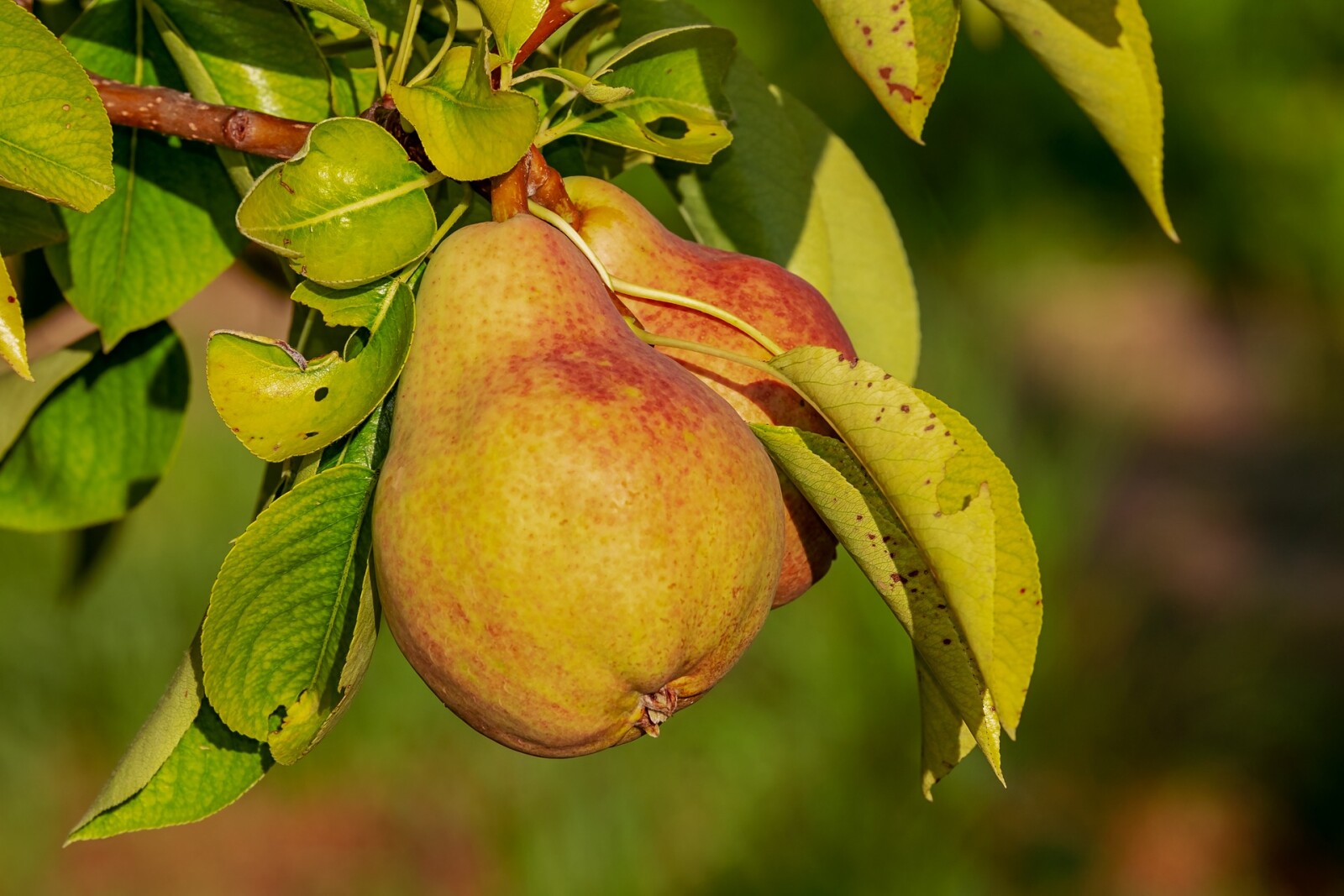

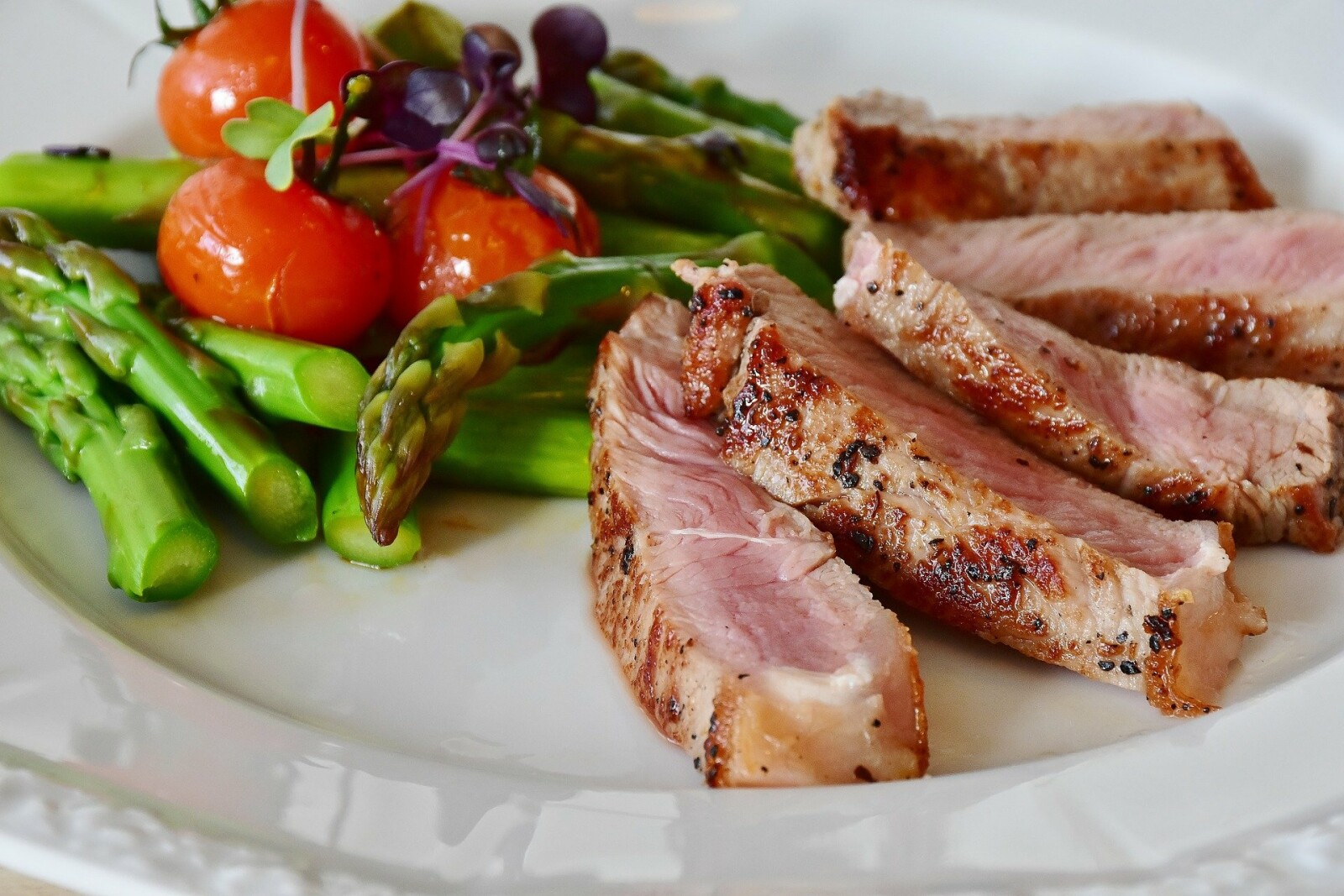
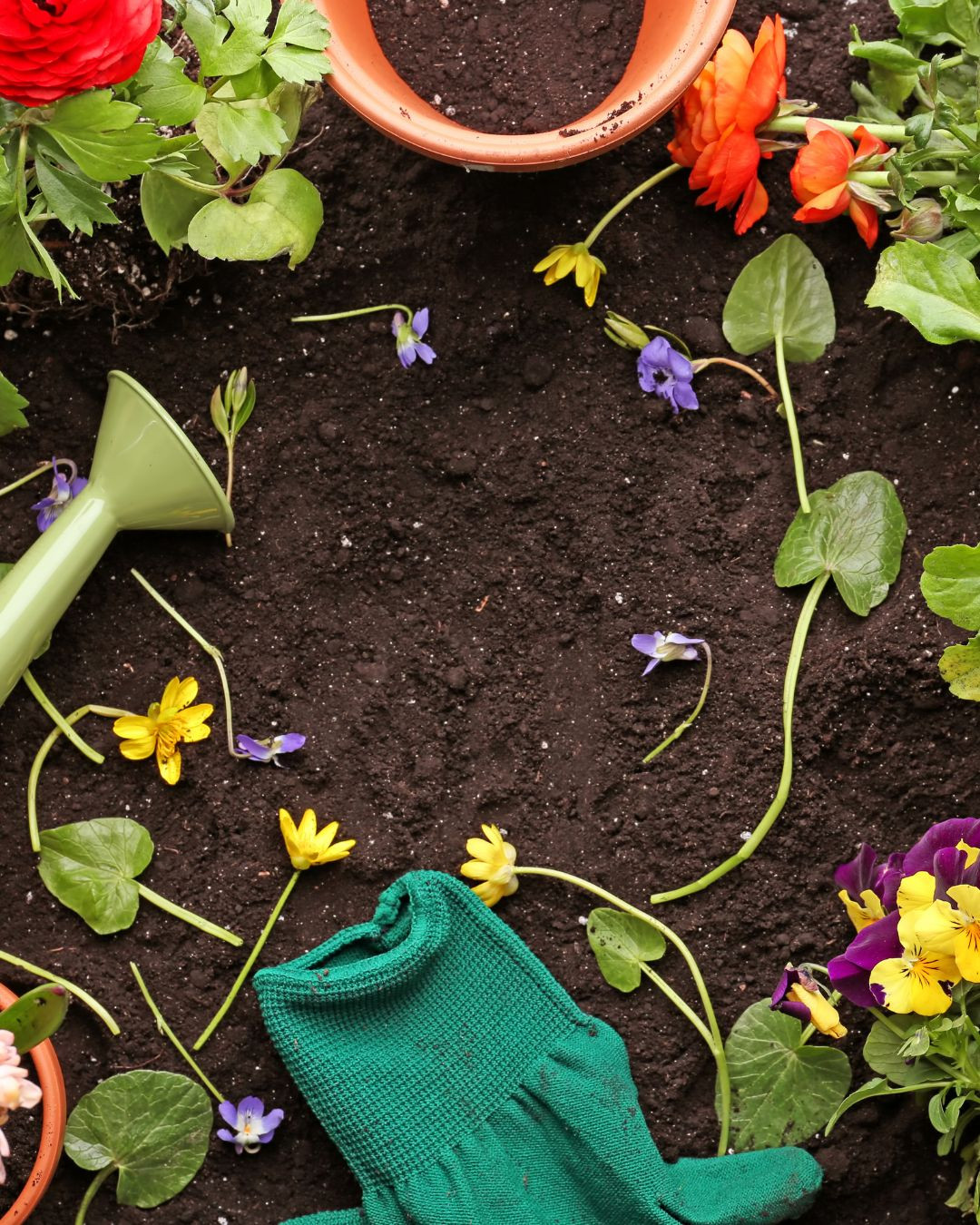


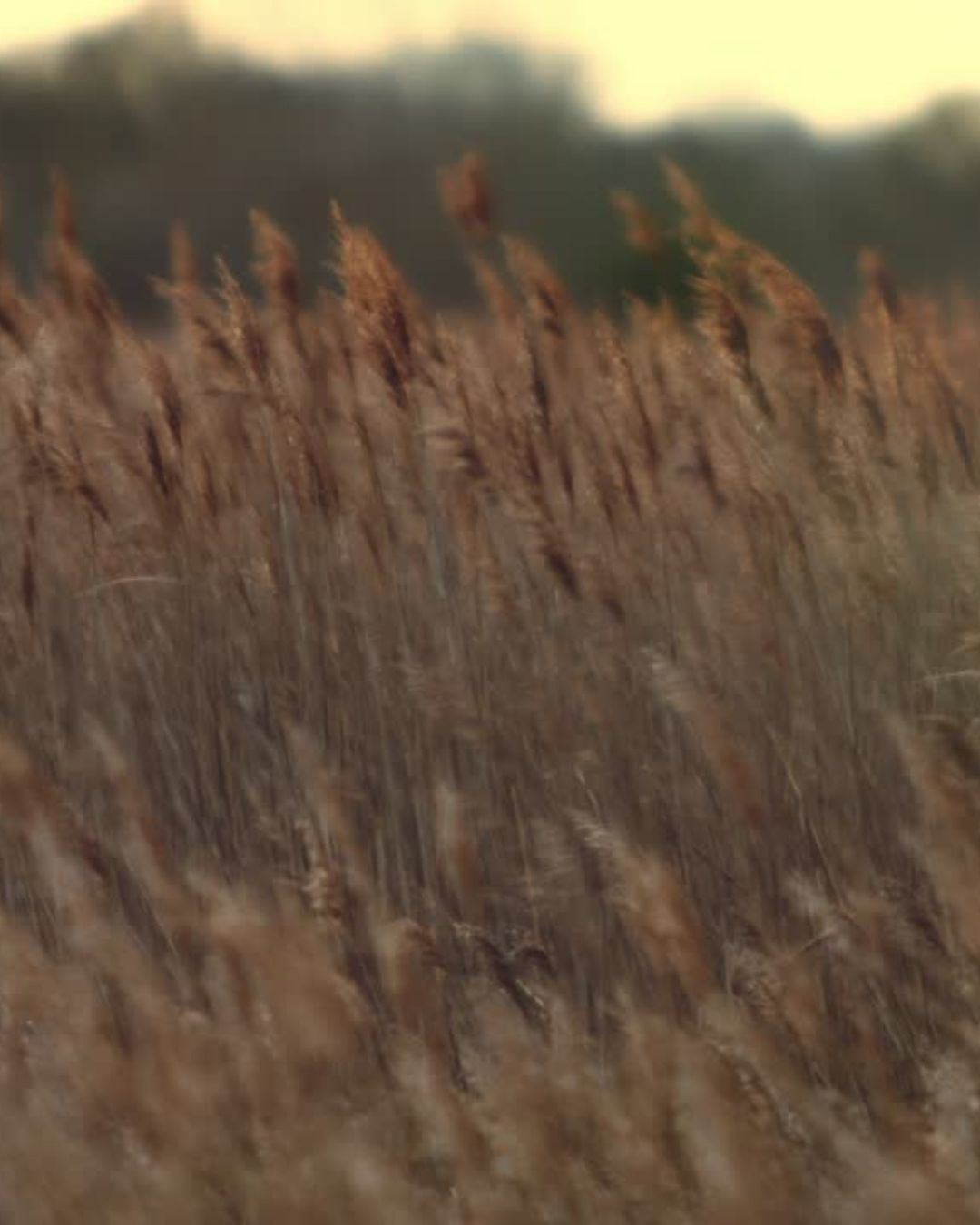
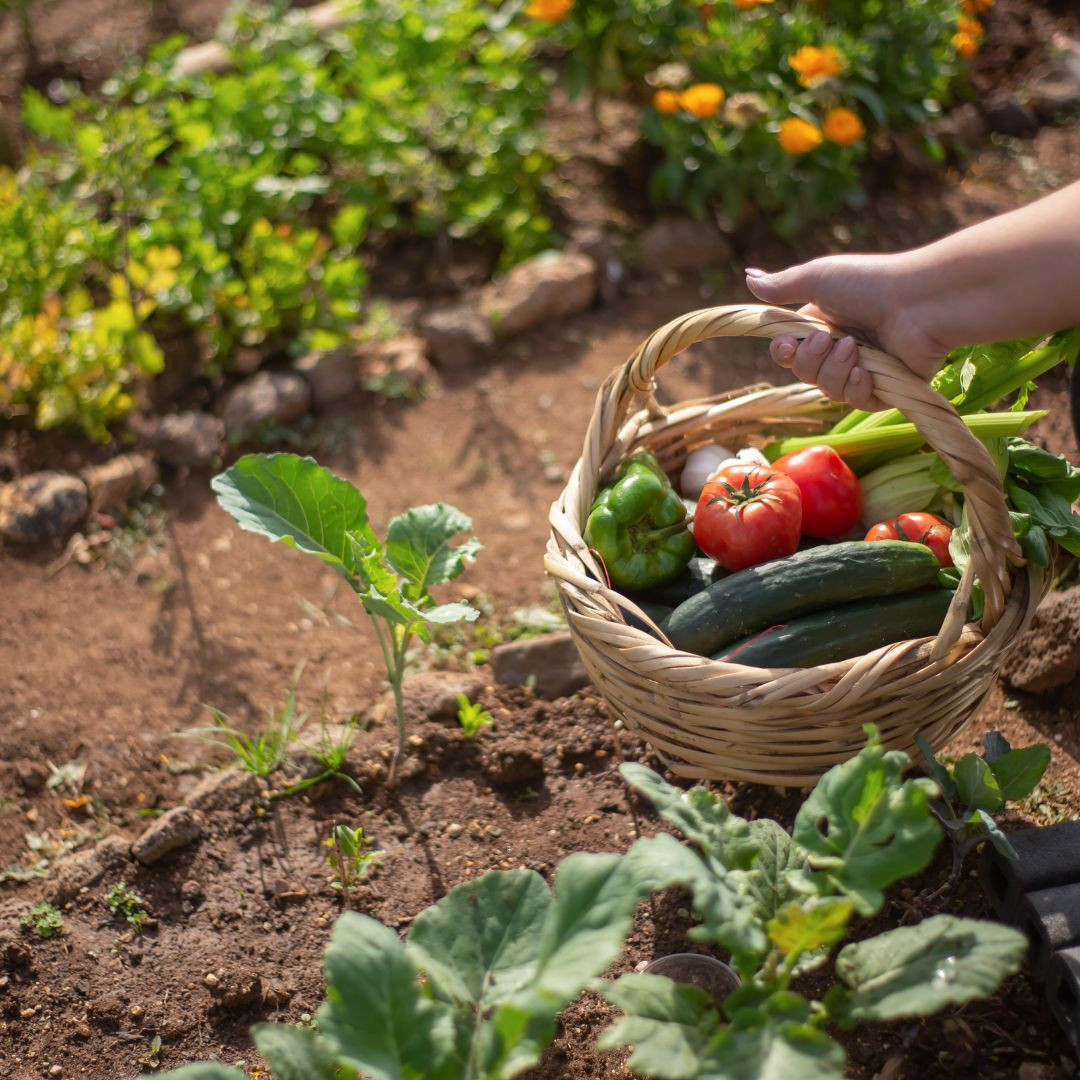
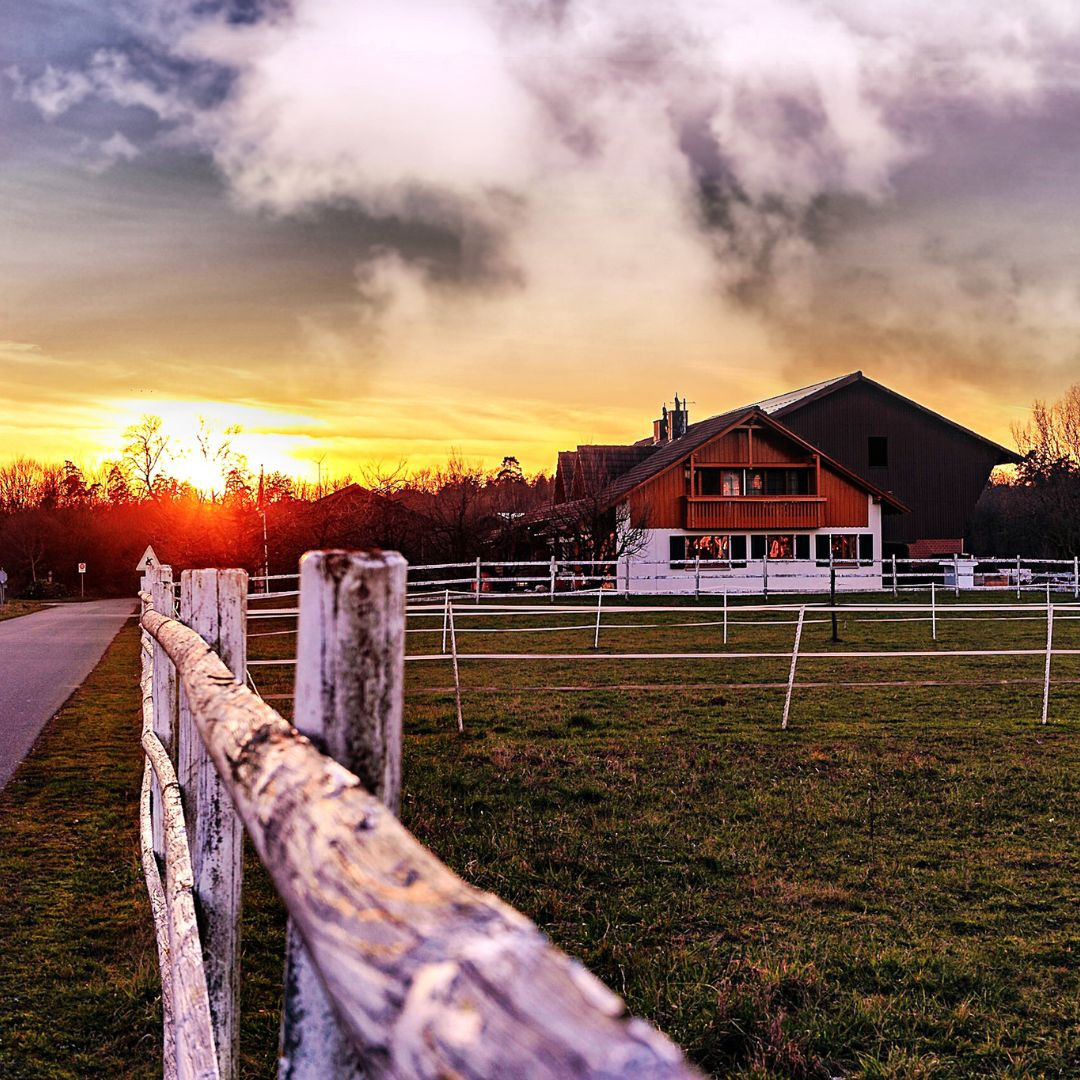
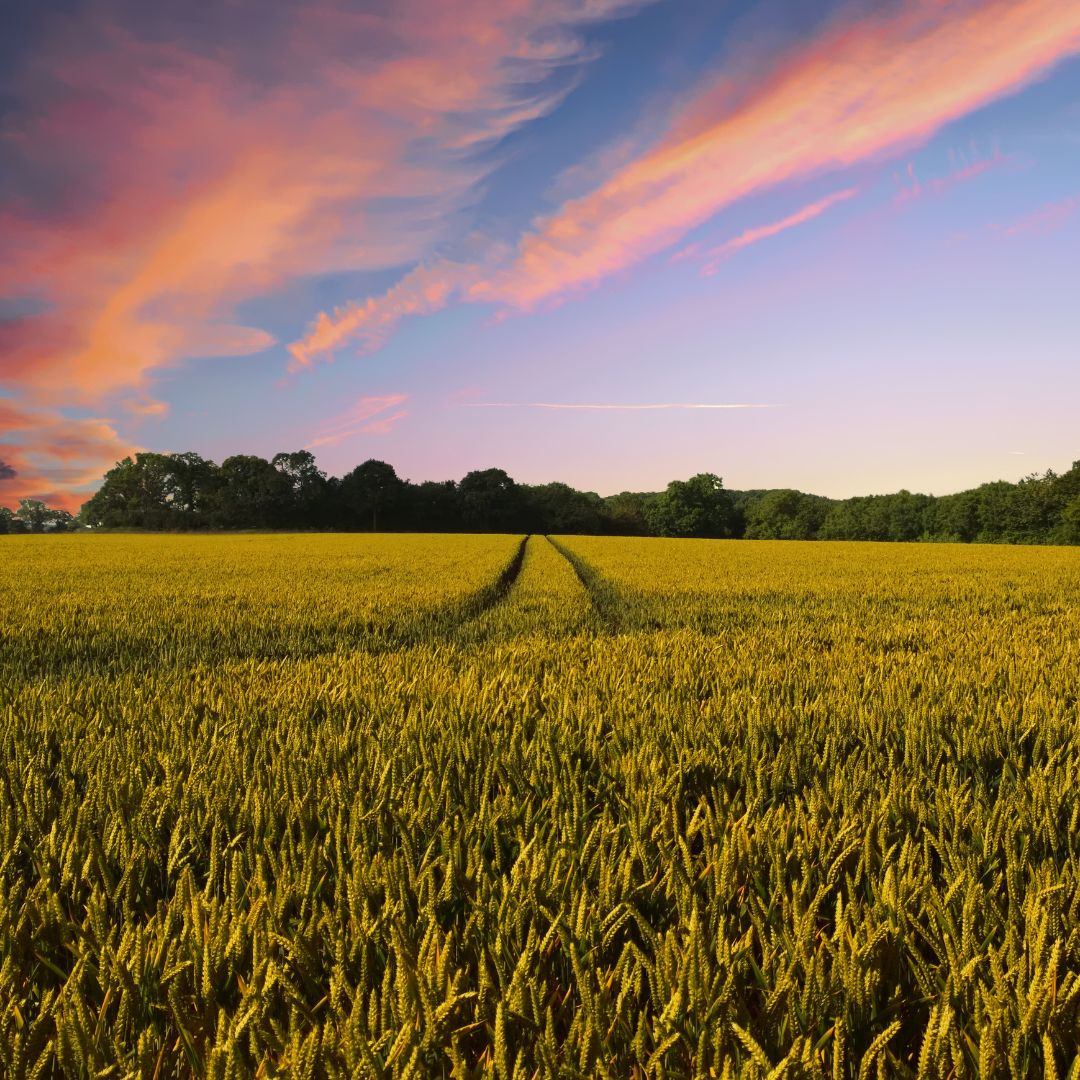
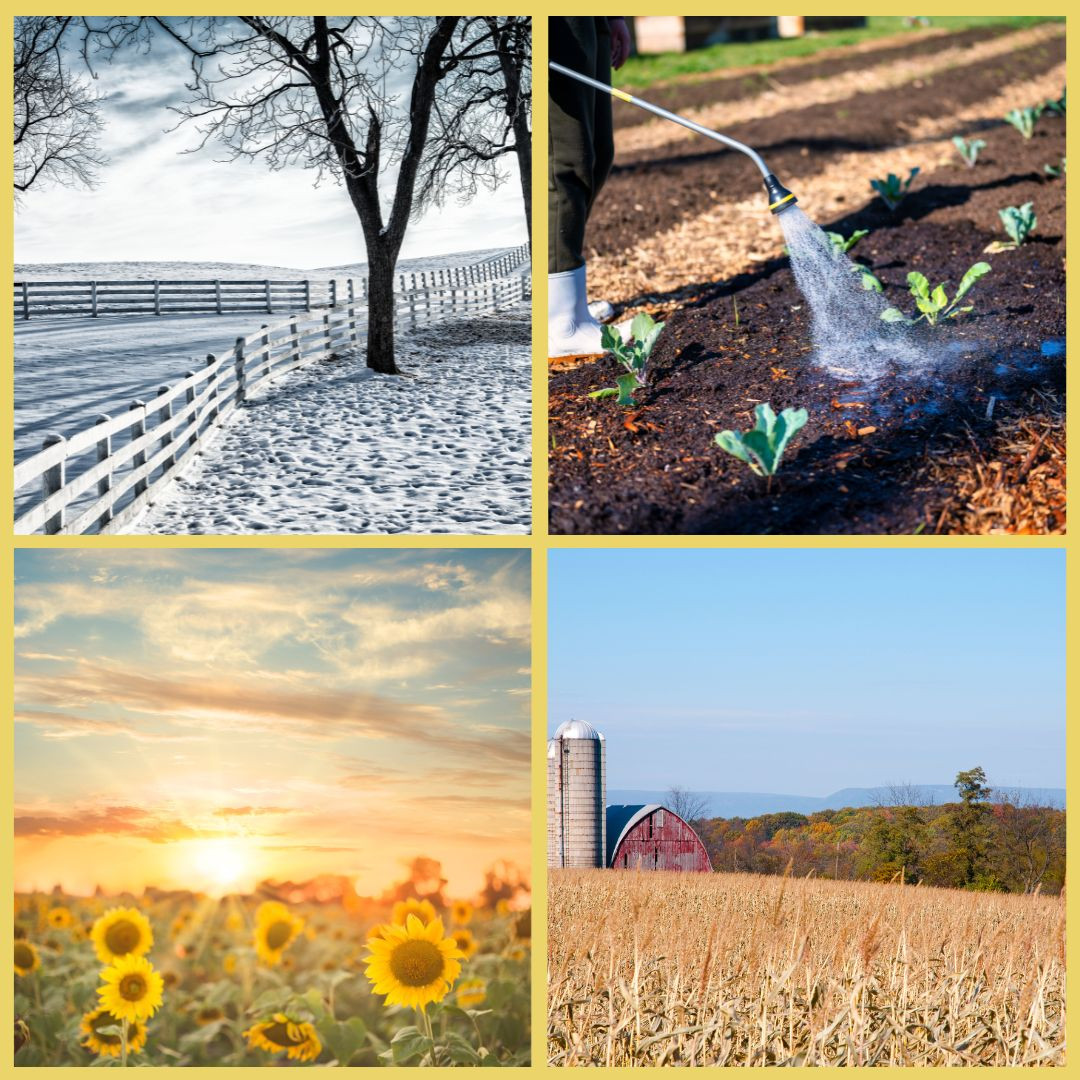


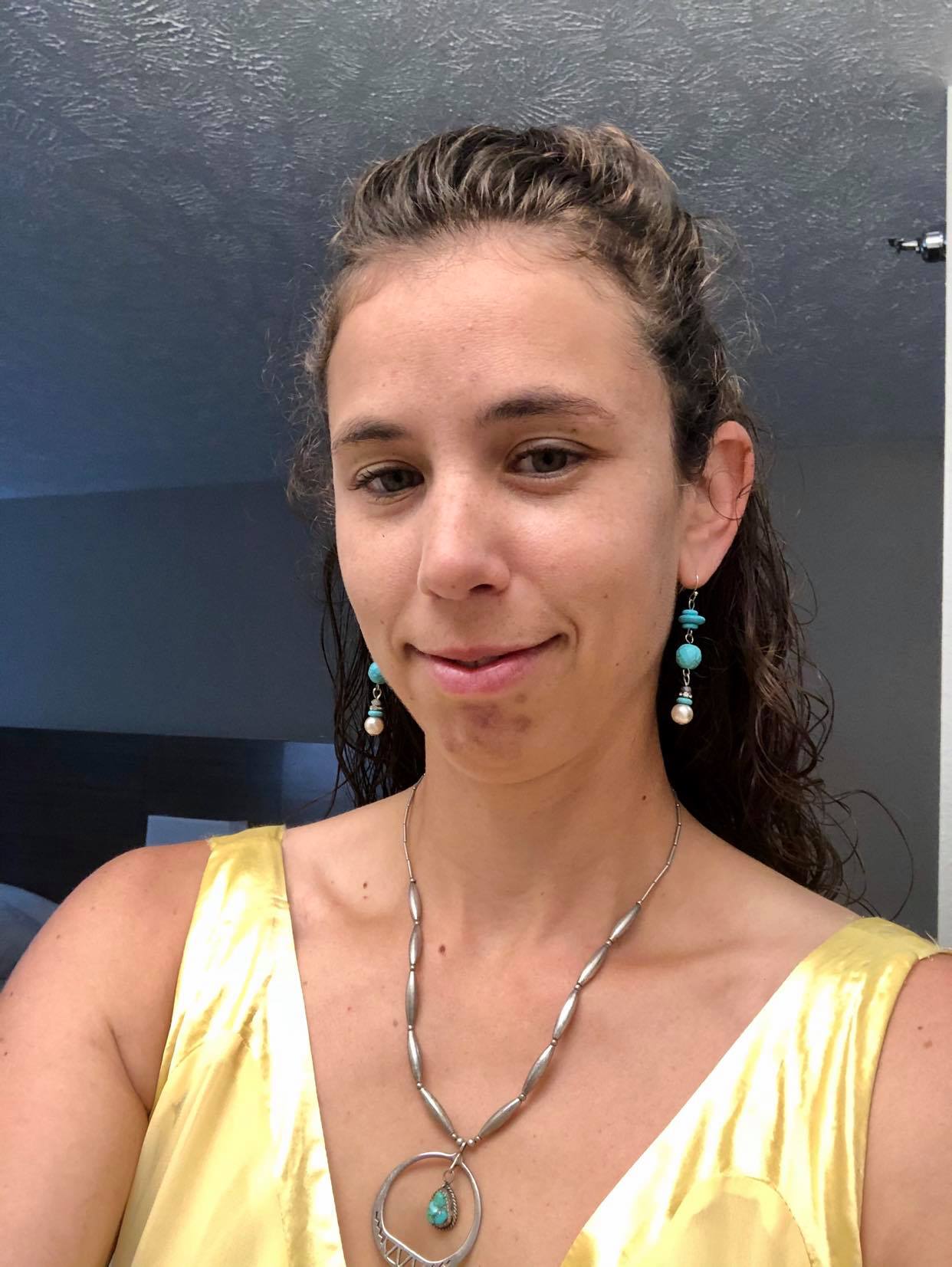
0 Comments